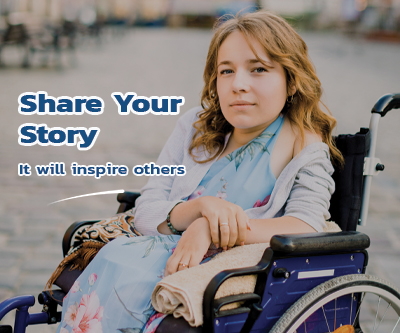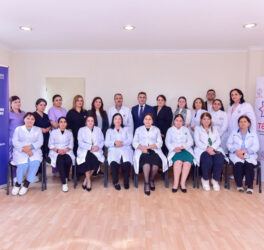
Online scams, weak passwords and cyberbullying hit vulnerable groups hardest, and New Zealand has almost no research to guide local solutions, according to the authors of a new study.
Digital Safety and Vulnerable Groups: A Systematic Review of Barriers, Enablers, and Multi-Level Interventions looks into who’s most vulnerable online and why. It examines how factors such as age, gender and disability shape digital safety, explores current interventions and highlights gaps in support for vulnerable groups.
Lead author and University of Auckland Business School doctoral candidate Pacharee Phiayura, working with co-authors Dr Farkhondeh Hassandoust and Dr Angela Liew, peer-reviewed 72 studies published between 2015 and 2025.
Despite the global scope and breadth of research they examined, the review revealed an absence of any New Zealand-specific studies on digital safety and vulnerable groups. It also showed that existing research overlooks the structural inequalities that influence digital vulnerabilities.
“We know that older people, women, people with disabilities, Indigenous communities, migrants and refugees are more exposed to online harms,” says Phiayura. “But the interventions that exist are still very fragmented, often focused narrowly on individual training or support rather than addressing the wider social, organisational and policy settings that shape people’s experiences online.”
The study identifies five main barriers to digital safety among vulnerable groups: limited access to technology and infrastructure, social and cultural challenges such as language barriers, low digital literacy, psychological or cognitive constraints, and limited cybersecurity awareness.
It also highlights what helps: strong peer and family support networks, targeted awareness and training programmes, supportive infrastructure and policies, and inclusive technology design that considers the needs of diverse users.
Phiayura, who completed her masters degree in cybersecurity before beginning her doctoral research, says her background influenced her interest in the human side of online safety.
“I grew up in Thailand where online scams are very prevalent, and I’ve seen how people in my parents’ generation believe a lot of the information they see online, without knowing how to verify it. That made me want to focus my research on how vulnerable populations experience digital threats, and what can be done to protect them,” she says.
Phiayura says older adults are particularly vulnerable due to age-related cognitive decline and lower digital literacy, often leaving them reliant on family members for online security decisions.
Women, meanwhile, are disproportionately targeted by online harassment, sexual violence and scams. People with disabilities frequently encounter inaccessible technology, while migrants and refugees may lack resources in their own languages, leaving them at greater risk of fraud and exclusion.
Despite these risks, most existing interventions stop at the individual level – for example, teaching people how to avoid phishing emails.
The study calls for a multi-level approach, combining personal training with community initiatives, organisational support, and government policy.
“Imagine community libraries running workshops for migrant families, taught by mentors who speak their language,” says Phiayura. “That’s the kind of multi-level intervention that makes a difference, connecting training with cultural and community support.”
The authors argue for participatory design in technology, ensuring vulnerable users are involved in shaping the tools and policies intended to protect them. They also emphasise a rights-based approach that frames digital safety as a fundamental entitlement, not just an individual responsibility.
“We need to move beyond siloed solutions and build coordinated, inclusive strategies,” says Phiayura.
The findings carry lessons for New Zealand, where little research has been done on the digital safety of groups such as Māori, Pacific communities, older people and low-income households.
“We don’t have a clear picture of who our vulnerable groups are, and how they’re affected,” she says. “That’s a real concern because without local evidence, it’s difficult to design interventions that will work in a local context.”
In future research, Phiayura plans to investigate the unique barriers faced by vulnerable populations in Aotearoa. She hopes the findings will help to pinpoint the issues here so that local solutions can be designed with community input.








